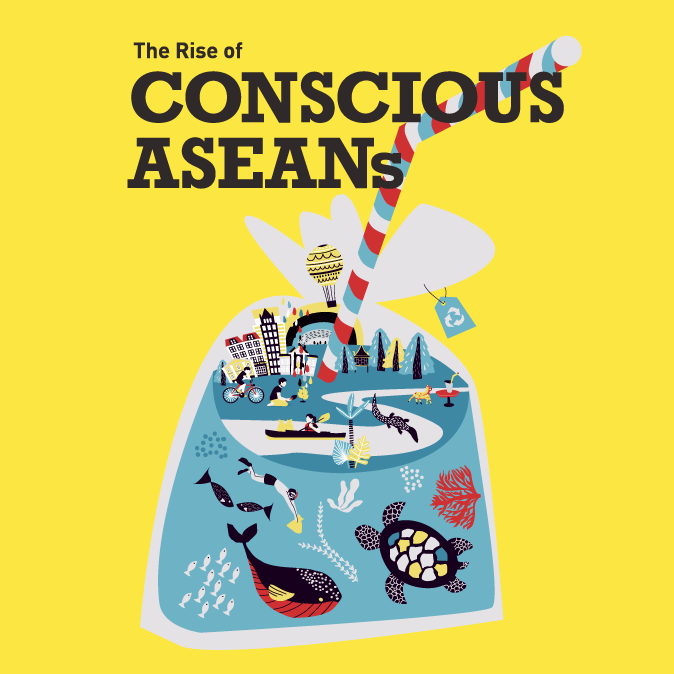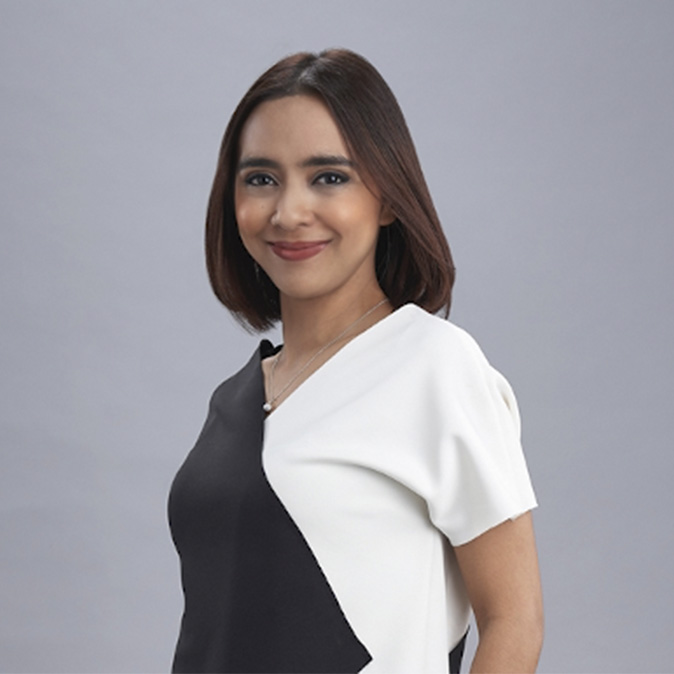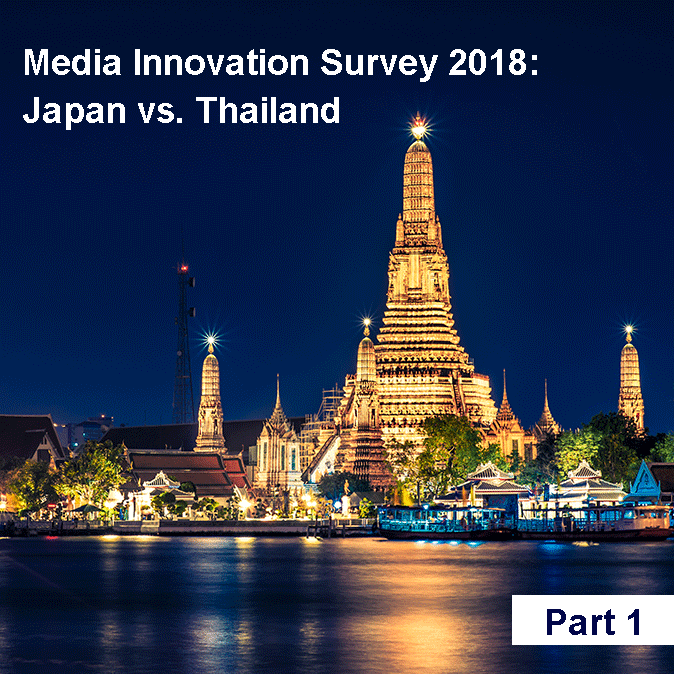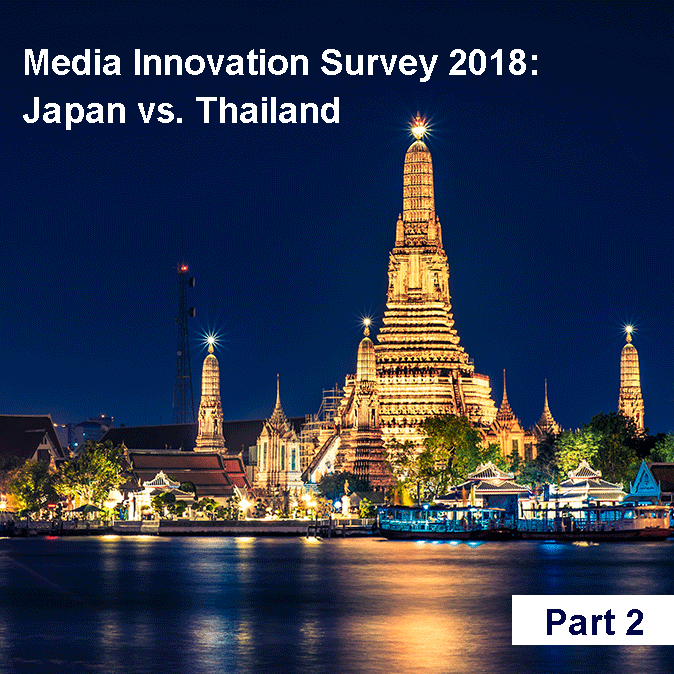- Reportage
- HILL
Source: AdverTimes. (in Japanese)
“Conscious lifestyles” is the keyword Hakuhodo Institute of Life and Living ASEAN releases its latest findings
Hakuhodo Institute of Life and Living ASEAN (HILL ASEAN) announced its latest findings on March 5. The theme of the research was “Conscious ASEANs.” Like Japan, sustainability is a big topic in ASEAN countries. Independent research conducted by HILL ASEAN revealed that while there are similarities in awareness of environmental and social issues, there are differences, and distinct trends, in how these are expressed in ASEAN compared to Japan. Yuko Ito, HILL ASEAN’s Regional Strategic Planning Director who will be appointed Managing Director from April 1, explains the research findings, which she summed up with the keyword “Conscious.”
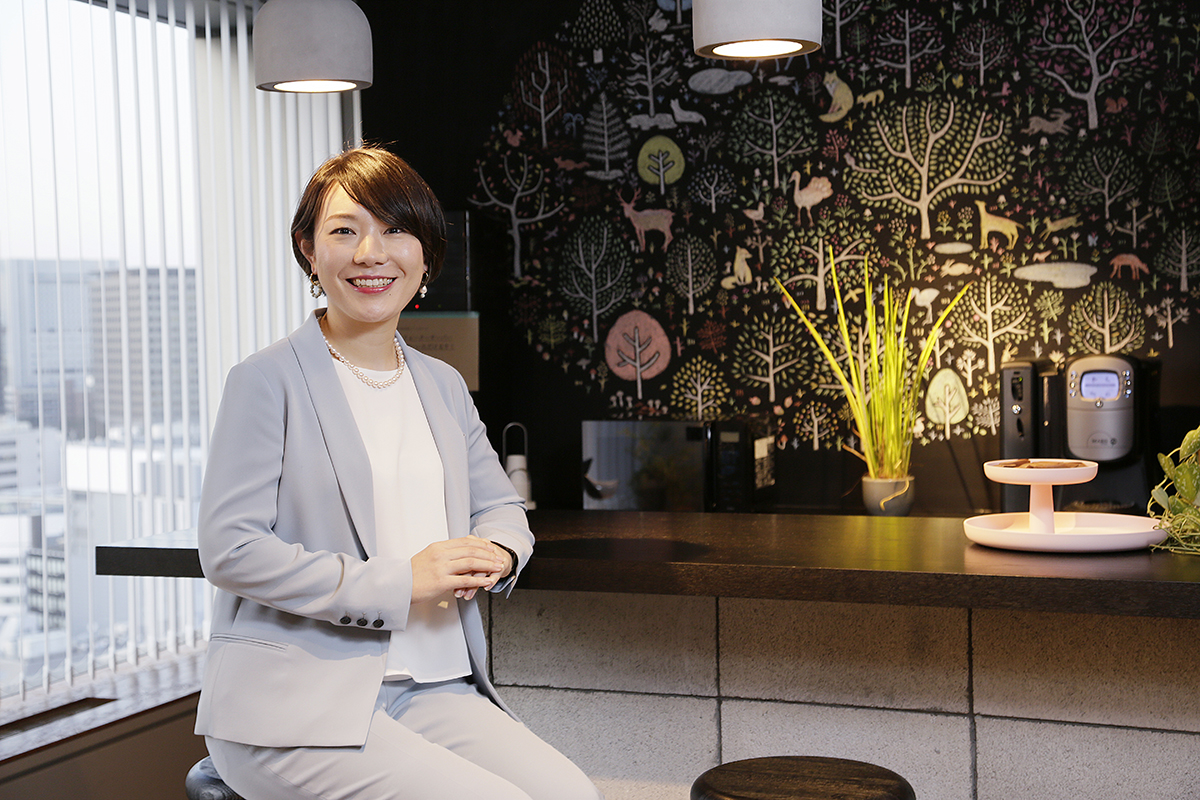 Yuko Ito, Regional Strategic Planning Director
Yuko Ito, Regional Strategic Planning DirectorHakuhodo Institute of Life and Living ASEAN
Local ASEAN staff zero in on the real lives of sei-katsu-sha in six countries
Hakuhodo sees people not as “consumers” that are the targets of marketing activities, but as “sei-katsu-sha,” or individuals that live autonomous lives in a diverse society. The company has as its philosophy Sei-katsu-sha Insight, or seeking to create new value by studying sei-katsu-sha deeply. The Hakuhodo Institute of Life and Living was established in 1981 to realize this philosophy by studying the perceptions and behavior of sei-katsu-sha.
With the globalization of the market environment, following on from branches in Tokyo and Shanghai, Hakuhodo Institute of Life and Living ASEAN was established in Bangkok, Thailand in 2014. HILL ASEAN studies the perceptions and behavior of sei-katsu-sha in six ASEAN nations (Thailand, Singapore, Indonesia, Malaysia, Vietnam, Philippines), each year announcing results of research analysis and research findings that provide hints for marketing that will be useful for companies that have expanded into ASEAN and the businesses of companies that are planning to do so.
What distinguishes HILL ASEAN is that it brings together planners and researchers from ASEAN that do frontline work for clients to conduct its research. Born and raised in each country, HILL ASEAN staff conduct research and analysis on their own countries, reaching one answer through discussions and workshops among researchers of different backgrounds. This is a strength of the Institute.
The theme of the latest research was “Conscious ASEANs.” The word conscious covers perceptions of a diverse range of issues. The social issues faced by the ASEAN region are varied, including not only the environment, but poverty, human rights and other challenges. In research company Euromonitor’s Top 10 Global Consumer Trends 2019, conscious consumers is nominated as one consumer trend. The number of people who want to have a positive impact on the environment and society, and who behave accordingly, is growing worldwide.
Given this, conscious is an apt word to express the distinguishing characteristics of ASEAN sei-katsu-sha that come out of HILL ASEAN’s research.
What are the traits of today’s ASEAN sei-katsu-sha that incorporate conscious actions into their lives?
The research included internet surveys and other quantitative studies and interviews, home visit surveys and other qualitative research. Qualitative research included interviews with influential key opinion leaders active in conscious-related subjects.
Subjects were aged in their 20s to 40s. The generation set to move society in the years to come was selected as the target of the research. In addition to the six ASEAN countries, the same research was conducted in Japan to further illuminate trends.
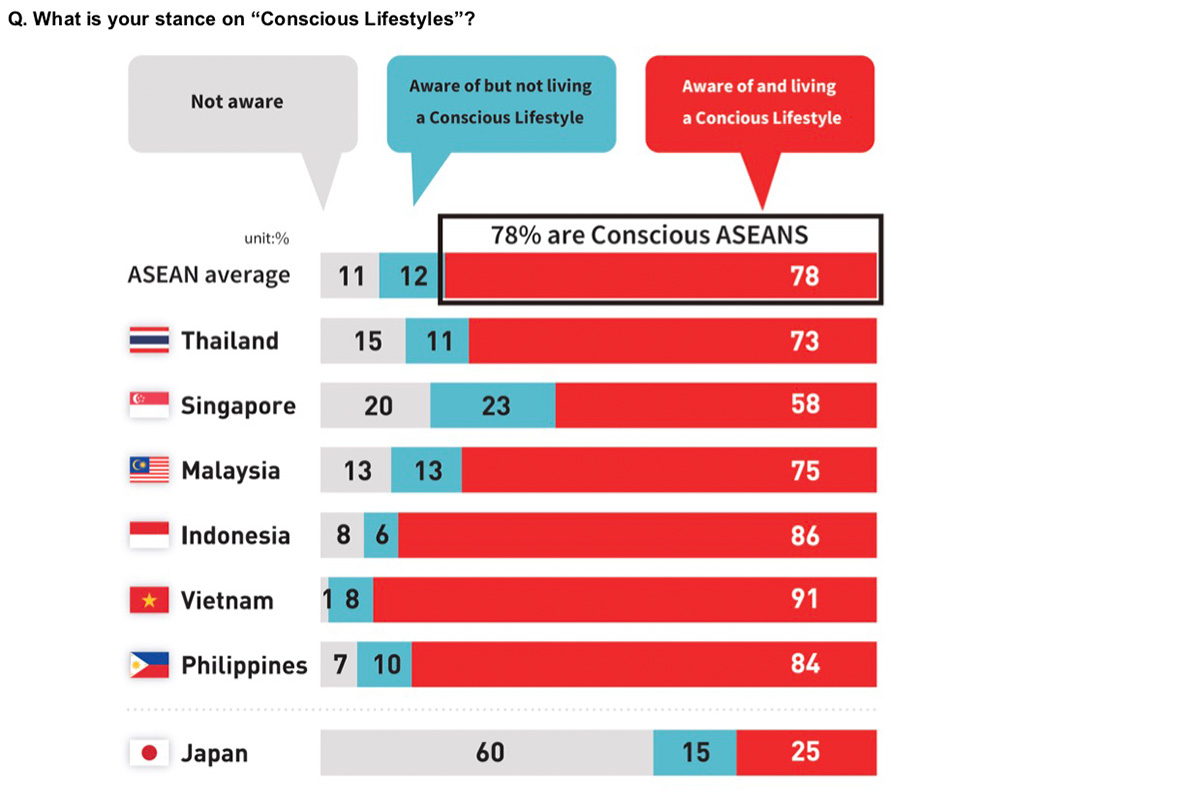 There is a huge gap between awareness of conscious lifestyles between ASEAN countries and Japan
There is a huge gap between awareness of conscious lifestyles between ASEAN countries and JapanResults from the study showed that nearly 90% of ASEANs are aware of “Conscious Lifestyles*,” and that 78% actually incorporate conscious actions into their everyday lives. Conversely, results for Japan are vastly different, with 25% incorporating conscious actions into their lives and 60% unaware of the concept.
* Lifestyles and consumer behavior that take into consideration other people, the environment and society. An approach to life that considers whether actions have a positive impact on oneself, other people and society and in which products and services, companies and brands are consciously selected and purchased.
HILL ASEAN believes there are several reasons for this gap. One is a difference in perception. In Japan, behaviors such as separating waste and recycling are already ingrained habits, so it is likely few see these actions as “conscious.”
Another reason, HILL ASEAN believes, is related to GDP. Within ASEAN, the one country with a relatively low level of incorporating conscious actions into everyday life is Singapore. In interviews, one respondent said, “The streets are clean, so there’s no problem.” It seems that with a developed economy and streets, public facilities and other visible elements fully provided, people are less likely to be inclined to incorporate conscious actions into their lifestyles.
Behind the incorporation of conscious actions in the lives of ASEAN sei-katsu-sha is the personal relevancy of environmental and social issues. Waste issues, poverty, environmental degradation and such challenges are visible problems for sei-katsu-sha living in ASEAN. In the interviews, one respondent reported that they began living a conscious lifestyle after their home was inundated due to flooding and they saw how dirty the mark was that the water left on their walls.
Another reason for starting to take conscious actions was thinking about themselves, their family or their region due to becoming aware of the environment as a result of such things as getting a rash or having a family member become ill because of air pollution from PM 2.5.
There is also a major defining characteristic in attitudes to undertaking conscious actions. That is that ASEANs do not overdo it and only do what feels comfortable. Pop P-style, a key opinion leader in Thailand, pointed out that activities that are just “good” are boring. ASEAN sei-katsu-sha don’t like giving things up and doing boring things no matter how good those may be. Rather than feeling overly serious or unduly pressured, the trait of conscious actions in ASEAN is the fact that people enjoy themselves while doing them.
For ASEAN sei-katsu-sha who are passionate about sharing things about themselves on social media, Insta-worthiness is crucial. In order to share them, people’s actions and purchases need to look good. ASEANs consider their actions and select brands with sharing on social media in mind. This is a trend that is becoming even more pronounced.
In addition, as ASEAN sei-katsu-sha’s consumption styles have grown more conscious, whether a brand has a good impact on society has become a more important consideration when selecting brands.
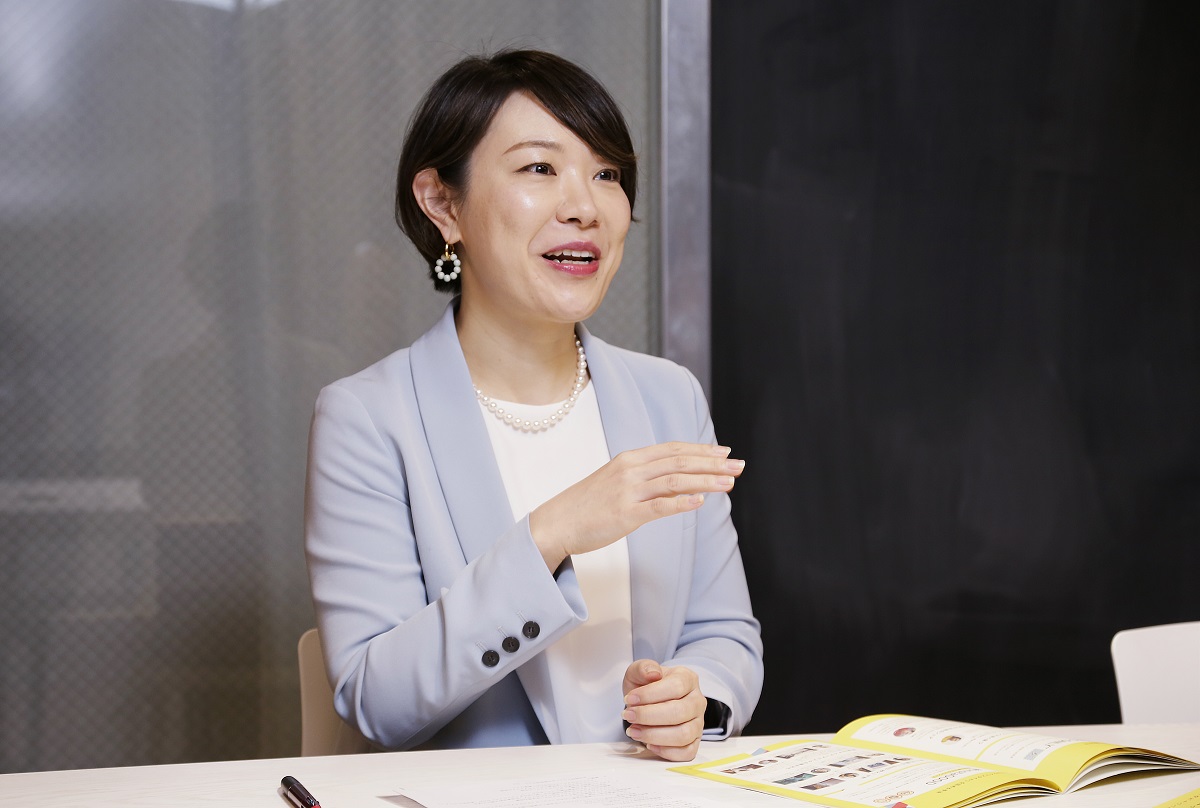
Moreover, 81% of conscious sei-katsu-sha are happy to pay more for conscious products, with some 48% saying they would pay more than 20% more than they would for regular products. The research also showed that rather than boycotting brands that are not conscious to criticize them, respondents want to support brands and products from companies that are conscious by “buycotting” them.
The “Consciouslites” driving growth in ASEAN
Based on the traits and behavior of ASEAN conscious sei-katsu-sha uncovered by the research, HILL ASEAN coined the term Consciouslites for a growing segment that should be given attention. In Europe and North America, there are people known as socialites. The word originally referred to the wealthy who had social influence, but in recent years it has come to mean people active in protecting the environment and human rights issues who are role models for young people.
• Conscious lifestyles are for themselves and other people close to them
• Easy, fun and Insta-worthiness are essential
• “Buycott” conscious companies to support them. Don’t mind paying more
ASEAN sei-katsu-sha live their day-to-day lives and select brands while viewing environmental and social issues as personally relevant. They look for ways to incorporate conscious actions that are fun and not overtaxing and share them. HILL ASEAN believes that these Consciouslites will lead society and the economy in the years to come.
For companies and brands that are looking to expand into ASEAN, gaining the approval of these Consciouslites and being thought of as entities they would like to work with and support will be a requirement for success. Because Consciouslites face various issues as involved parties, superficial activities will not win them over. They will see through activities outside of a company or brand’s business domain and activities for one-off campaigns right away.
The important thing is to undertake actions with purpose in fields related to the business or brand’s main work earnestly and in a fun way. The matters that need to be tackled are significant, so it is also important to find issues in common with other companies and to collaborate with them, rather than undertaking actions alone. Collaborative partners need not only be companies, with key opinion leaders being another possibility. What’s important is a sense of “we’re all in this together.”
HILL ASEAN will continue to undertake research that will provide hints for companies’ marketing activities. We will also develop and offer marketing solutions based on our research findings in collaboration with Hakuhodo Tokyo. We look forward to hearing from companies and brands that are looking to enter the ASEAN market.
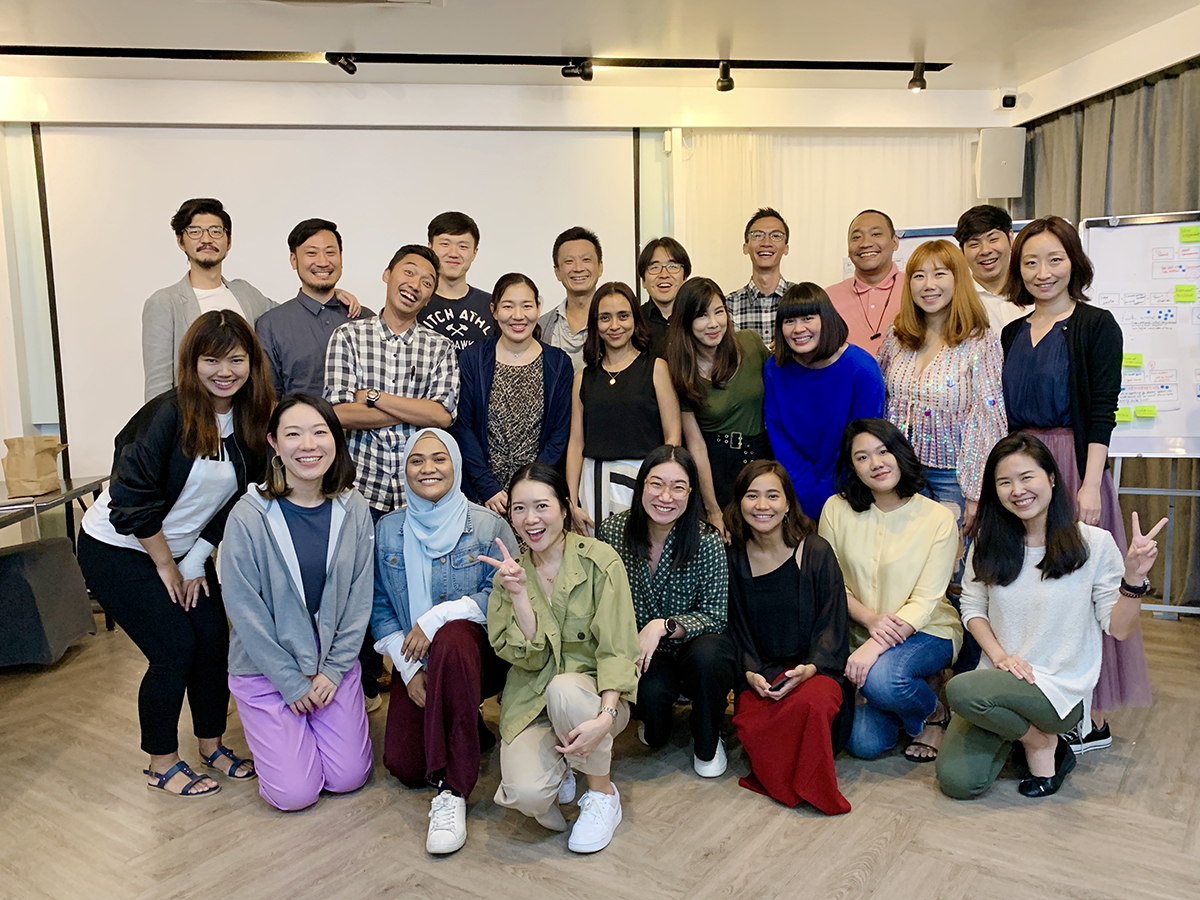 Members of the Hakuhodo Institute of Life and Living ASEAN team
Members of the Hakuhodo Institute of Life and Living ASEAN teamInquiries
Hakuhodo Institute of Life and Living ASEAN
URL: http://hillasean.com/
Email: info@hill-asean.com
End article
Read Article at: https://www.advertimes.com/20200323/article310534/ (in Japanese)













